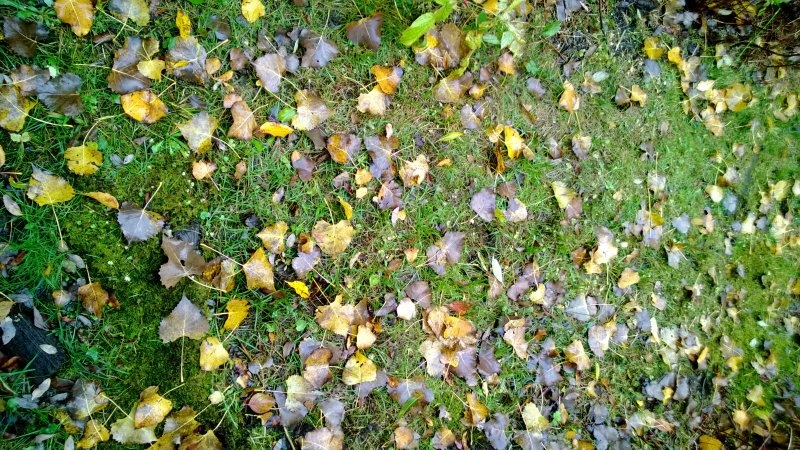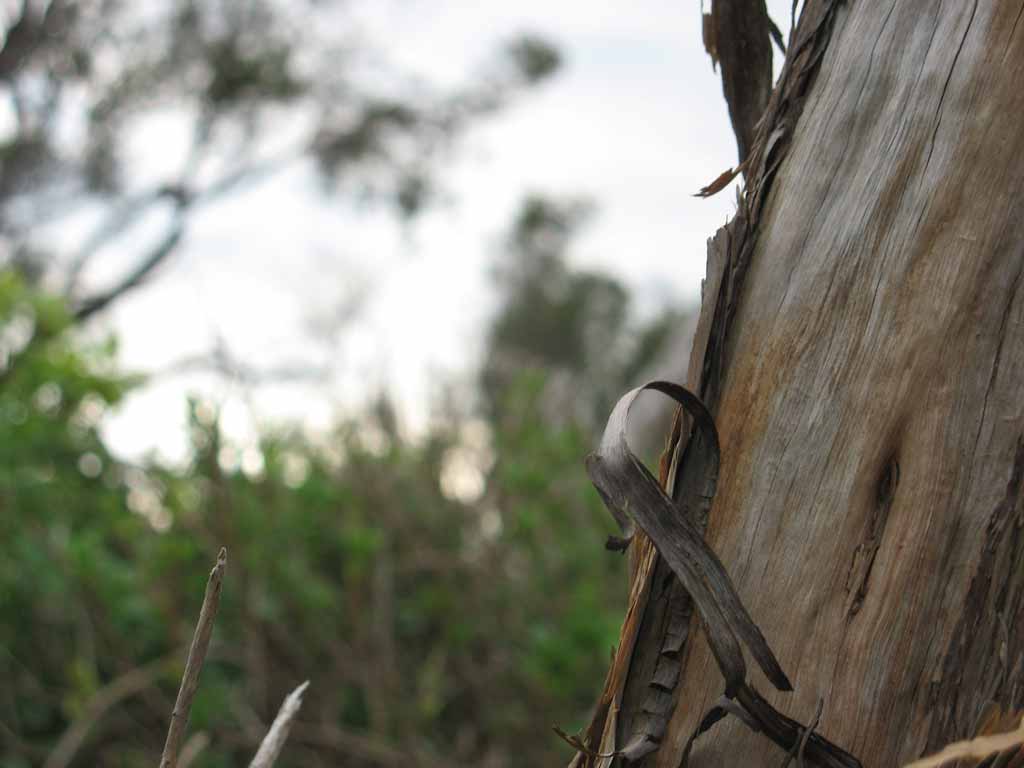The Holy of Holies
They shall construct an ark of acacia wood two and a half cubits long, and one and a half cubits wide, and one and a half cubits high. You shall overlay it with pure gold, inside and out you shall overlay it, and you shall make a gold molding around it. You shall cast four gold rings for it and fasten them on its four feet, and two rings shall be on one side of it and two rings on the other side of it. You shall make poles of acacia wood and overlay them with gold. You shall put the poles into the rings on the sides of the ark, to carry the ark with them. The poles shall remain in the rings of the ark; they shall not be removed from it. You shall put into the ark the testimony which I shall give you.
Exodus 25:10-16
Faith is the substance of things hoped for, the evidence of things not seen (Hebrews 11:1). What Moses built in the wilderness was a picture of an unseen thing. He built according to the “pattern” that he had seen on mount Sinai. That pattern was Christ, a detailed look at who He is as the Word of God and His ministry on Earth.
The entire of the tabernacle was a walk through model of Jesus. Every facet of the tabernacle from the ark down to the very tent pegs and number of pillars represented something of the perfect man Christ Jesus.
This type of hiding a truth to be revealed in hard to understand picture was called type and shadow. It signified a type of something to come by depicting it much as a shadow shows a person. What you cannot see is the person Himself. But, looking back, seeing the man as He was in the Gospels, the shadow begins to make sense.
To study the tabernacle is to study a man.
My beloved is white and ruddy, the chiefest among ten thousand.
His head is as the most fine gold, his locks are bushy, and black as a raven.
His eyes are as the eyes of doves by the rivers of waters, washed with milk, and fitly set.
His cheeks are as a bed of spices, as sweet flowers: his lips like lilies, dropping sweet smelling myrrh.
His hands are as gold rings set with the beryl: his belly is as bright ivory overlaid with sapphires.
His legs are as pillars of marble, set upon sockets of fine gold: his countenance is as Lebanon, excellent as the cedars.
His mouth is most sweet: yea, he is altogether lovely. This is my beloved, and this is my friend, O daughters of Jerusalem.Song of Solomon 5:10-16
Jesus is the Way, the Truth, and the Life. This was also historically what the Jews called the three gates in the Tabernacle. One into the outer court, the Way. One into the Holy Place, the Truth. And, the final veil, into the very presence of the Father, the Life.
Paul tells us that the veil that was rent was Jesus’ own flesh, and the way that He provided through it was the new and living way by His blood (Hebrews 10:20).
The Beloved of Song of Solomon also describes Jesus. She describes Him from his head of pure gold down to His legs and feet being as pillars of marble on sockets of gold.
I turned around to see the voice that was speaking to me. And when I turned I saw seven golden lampstands, and among the lampstands was someone “like a son of man,” dressed in a robe reaching down to his feet and with a golden sash around his chest. His head and hair were white like wool, as white as snow, and his eyes were like blazing fire. His feet were like bronze glowing in a furnace, and his voice was like the sound of rushing waters. In his right hand he held seven stars, and out of his mouth came a sharp double-edged sword. His face was like the sun shining in all its brilliance.
Revelation 1:12-16
The apostle John also writes here of his vision of Jesus.
All three of these are portraits of a man that Paul writes in Hebrews 1:3 calls the radiance of God’s glory and the exact representation of His being.
If we wonder who this Jesus is, knowing that He is a person, He has been portrayed countless times through the Old and New Testament for those who would see.
In the tabernacle and in Johns’ vision, He is the one with feet like bronze glowing in a furnace (in the outer court of the tabernacle, all post sockets and tent pegs were bronze). In both the Shulamite and the tabernacle, His head is of pure gold (as one progressed into the tabernacle, the material changes until in the most holy place, all that is seen is gold, symbolizing Christ’s divinity, incorruptibility, and perfection.
As Jesus said, one that is a teacher of the law that is then instructed in the ways of the Kingdom will bring out of his storehouse old treasures as well as new (Matthew 13:52).
Each portrait was given for a specific reason, yet each depicts a portion of who He was, is, and always will be. And, there are many, many more.
Who is this man that stands between the stars and amidst the seven lampstands? He is one like the “son of man”. He is the one who gave Himself on the brazen altar that we come to through repentance and His way. He is the one whose voice is like many rushing waters, whose chest is like bright ivory inlaid with sapphires, that we enter into by His Truth (John 15:7). He is the one whose hair is white like wool, whose robe hands down to his feet, encompassed wide about with a court, dressed in pure white linen, encompassed by 100 posts, attended by cherubim, who is the Word of God, who is the only Life.
He is the exact representation of God, and the only way to Him. He is Jesus Christ.




















